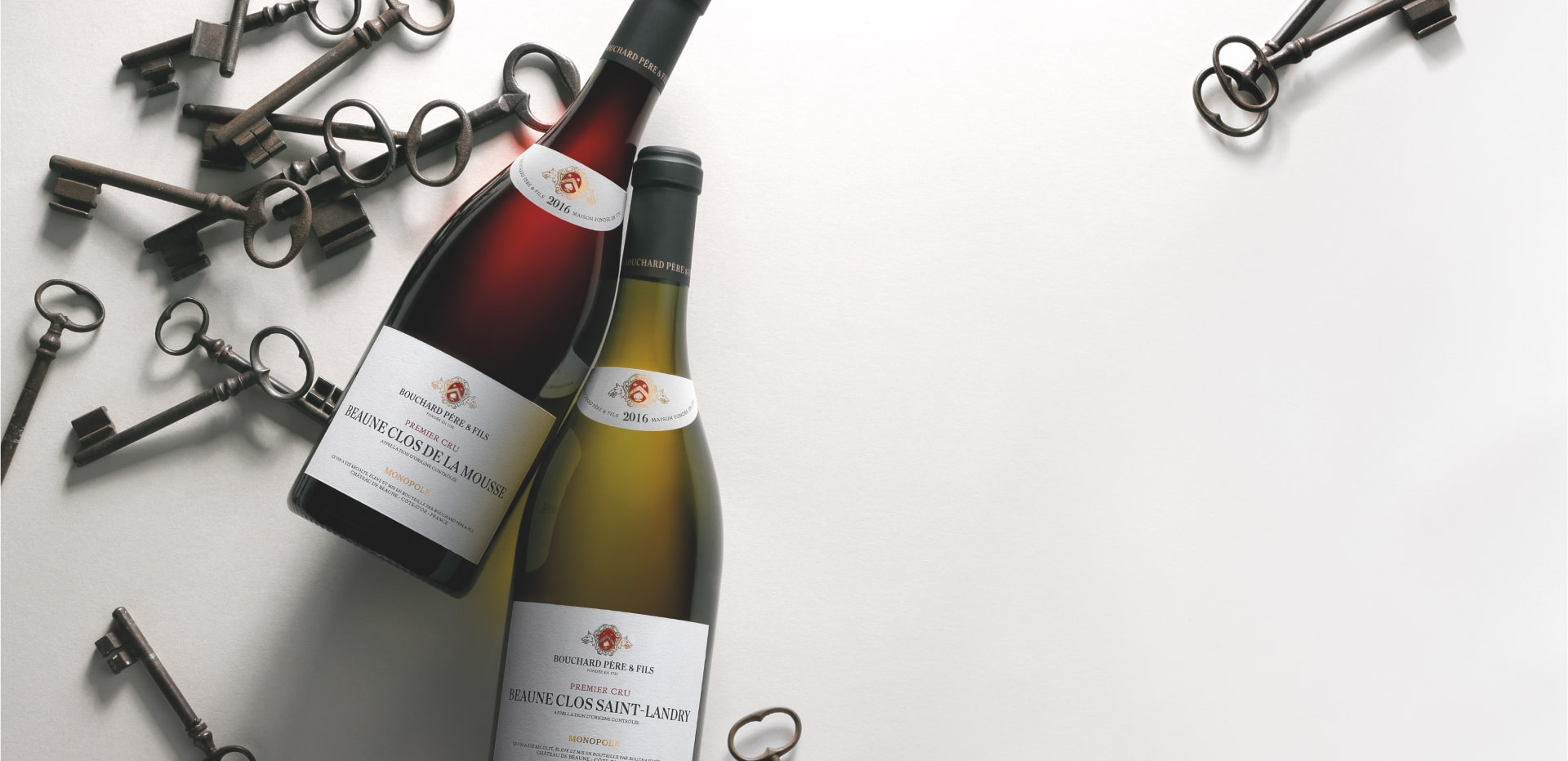Côte de Beaune
Volnay Les Caillerets
Ancienne Cuvée Carnot
Premier Cru - Domaine
Rated "Tête de cuvée" by Dr Lavalle as early as the 1855 ranking, this appellation is a perfect example of finesse, elegance and grace. The 3.09 ha plot of this exceptional Premier Cru is particularly meaningful to Domaine Bouchard Père & Fils, as it was the first vineyard it acquired in 1775. The Carnot family, who once owned it, are still referenced on the bottles: "ancienne cuvée carnot".
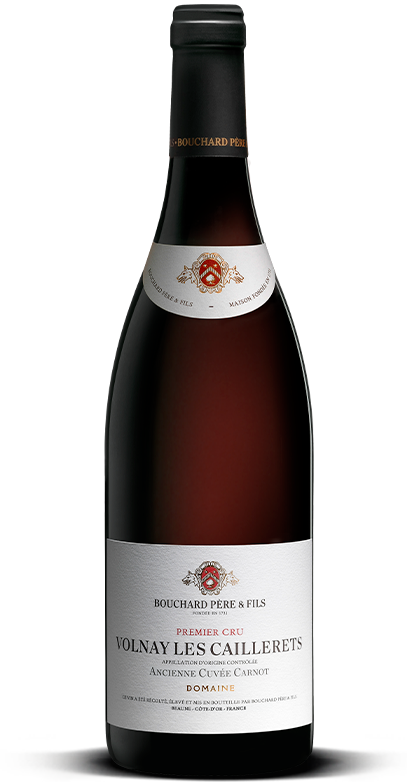
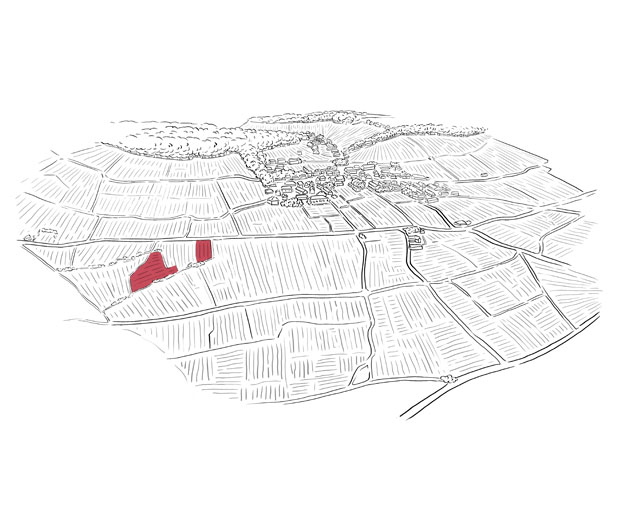
Grape varietiy
Pinot Noir
Soil
Clayey limestone on a stony plateau
Exposure
East / South-East
Surface area
3,09 hectares
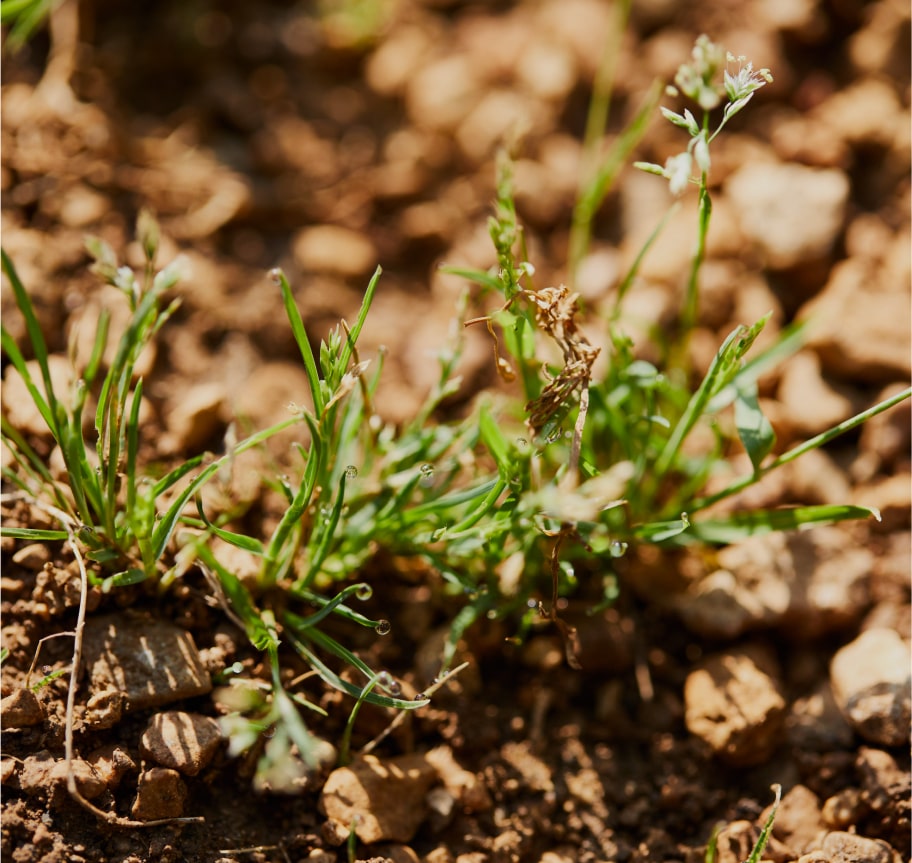
Terroir
Two different yet complementary terroirs express themselves within the same climate:
— Les Caillerets Porte, the northernmost and steepest plot, with its limestone soil, imparts the finesse, subtlety and tension necessary to the whole.
— Mid-slope, Les Caillerets Travers, given this name due to the south to north alignment of the vines, with its clay-limestone soil, provides depth, richness, surprising concentration and a unique dry touch.
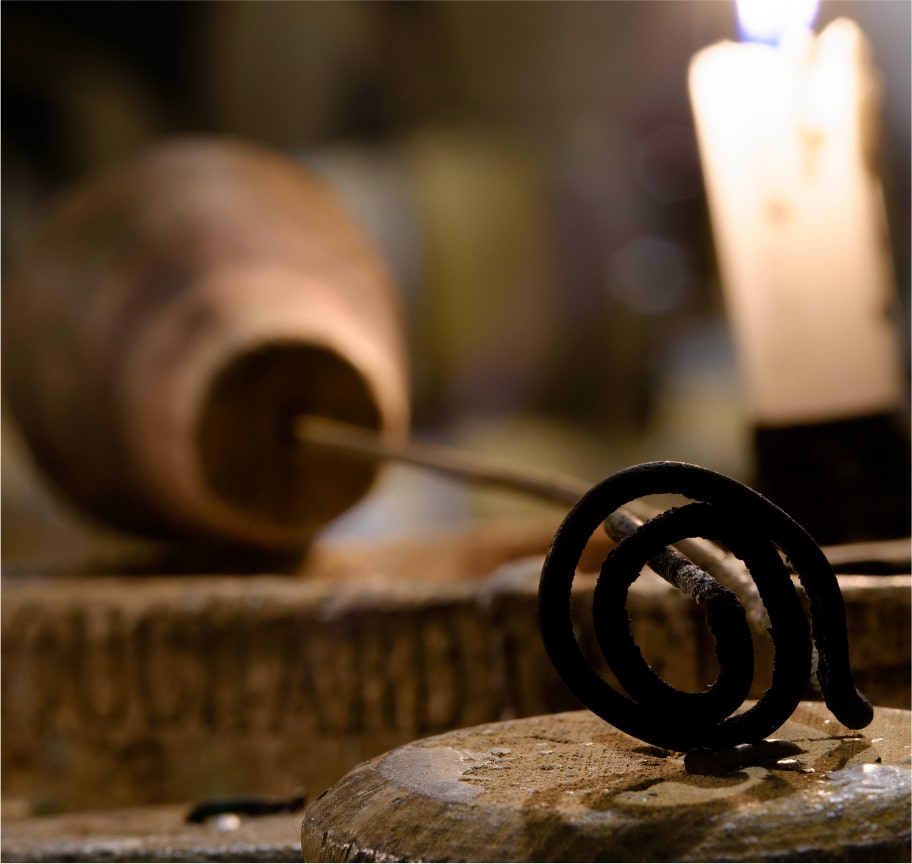
Expertise
— HARVESTS: This plot is harvested on several different dates to preserve the perfect ripeness of each subplot. A percentage of whole bunches will impart energy, a subtle vegetal touch which will bring tension and complexity. Hand-harvested in 13 kg crates, the grapes are then meticulously sorted by our teams.
— VINIFICATION : 20 to 30% whole grapes. Cold maceration (12 °C) for a few days from the start of vatting, followed by a fermentation and extraction period with treading. Devatting between 12 and 20 days. Vertical press.
— AGEING : 16 to 20 months in French oak barrels. 35 to 40% of new barrels. The remainder consists of previously used barrels. Manual racking to blend the different subparcels when ageing is complete.
— MATURATION : The bottles are preserved in optimal conditions in underground cellars until they are released for sale.
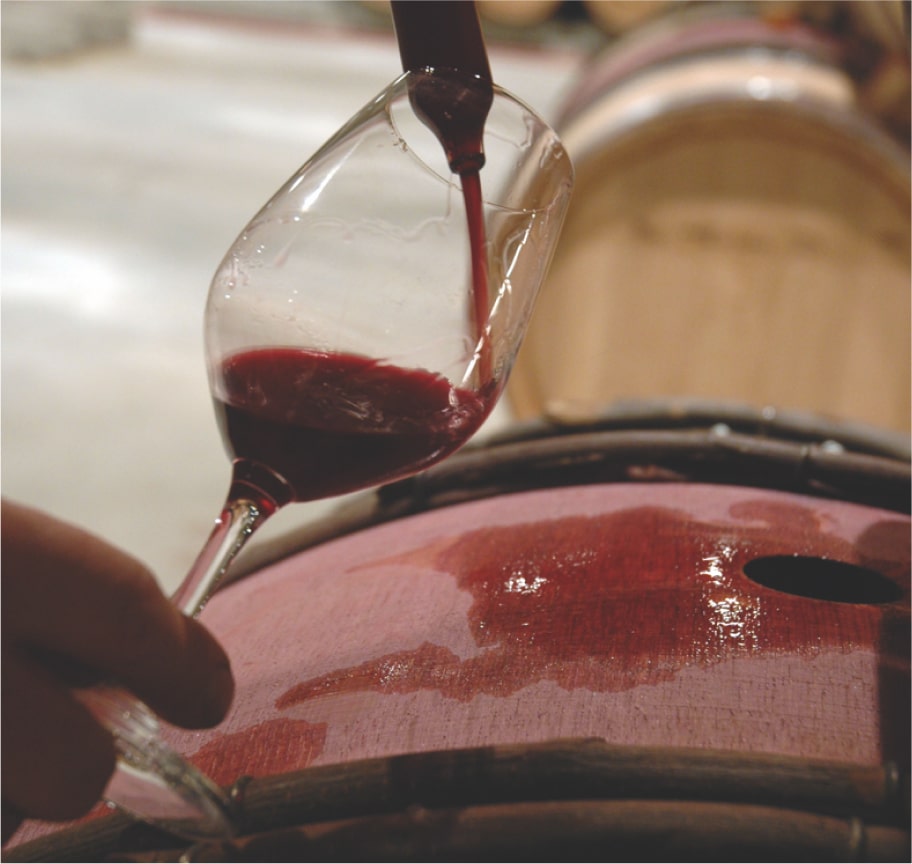
Tasting
— THE COLOUR is consistently deep.
— THE NOSE reveals complex aromas ranging from delicate violets to slightly jammy red fruit followed by a touch of smoke. This is imparted by the subsoil.
— THE PALATE always offers an ample attack. The wine coats the palate while the concentration is evident but never overwhelming. The finish is both delicate and dazzling. The tannins are ripe and fleshy, while the fruit emerges to reveal red fruits and a floral expression ranging from peony to violet. This wine has very little acidic definition, and its structure mainly stems from its concentration and depth.
